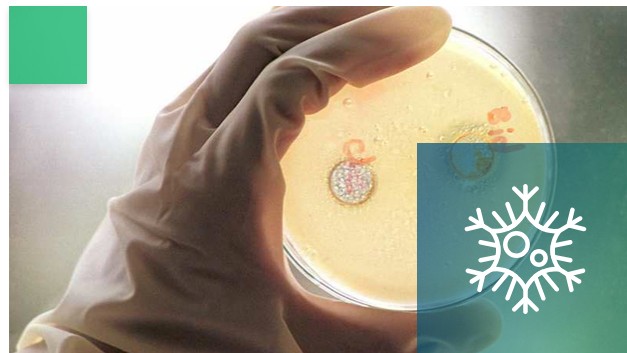Toxic Mold
Molds can grow on cloth, moisture resistance. Mold in the home can usually be found in damp, dark or steamy areas e.g. bathroom or kitchen, cluttered storage areas, recently flooded areas, basement areas, plumbing spaces, areas with poor ventilation and humid environments. There are significant consequences of allergic reactions and mold spores. respiratory problems. Symptoms caused by mold, allergy, allergies, chronic cough, headaches or migraines, difficulty breathing, rashes, tiredness, sinus problems, nasal blockage and frequent sneezing.
Who Should Worry about Mold Contamination?
- Builders & Developers
- Insurance Adjusters
- Claims Managers
- Insurance Mediators
- Building/Property Owners
- Building/Property Managers
- Title & Mortgage Companies
- Arbitrators
- Attorneys
- Contractors
- Designers – Architects & Structural Engineers
- Arbitrators.
Toxic Mold Removal and Cleanup
EnvPro Corporation has dealt with various client complaints regarding bio aerosols. There are three types of harmful health effects that can be send as a result of bio aerosols. One these dangers are infections that can be caused by outside organisms invading human tissue. Another danger is toxic when biologically produces chemical toxins have a direct toxic effect on the human organism. The last type of concern is allergies that can cause specific activation of the immune system causing disease.
EnvPro Corporation has been involved in various types of removal project involving mold contamination. PECS performs thorough visual inspection and post removal sampling for evidence of any remnant residues and to ensure the success of the remediation methods.
After biocontamination has been identified in a building, PECS designs a remediation project that takes into account all of the possible cleanup options.
Described below are some possible remediation options
- Sterilization: an “absolute” term meaning a complete destruction, inactivation or removal of all living microorganisms. Generally achieved by
physical means, such as heat, ionizing radiation and filtration. Heat (>73 C) plus ethylene oxide has also been used. - Autoclave: (high temperature at 121 C and high steam pressure 15 pounds per sq. Inch or 1 kg/cm) is often used in laboratory, health care or industrial settings.
- Disinfection: The elimination and destruction of microorganisms, which may allow some resistant organisms to survive (such as bacterial spores).
- Biocidal is a killing action: bacteriostatic (or stasis) prevents growth of bacteria: antiseptic opposes sepsis or putrefaction either by killing
microorganisms or by preventing their growth.
